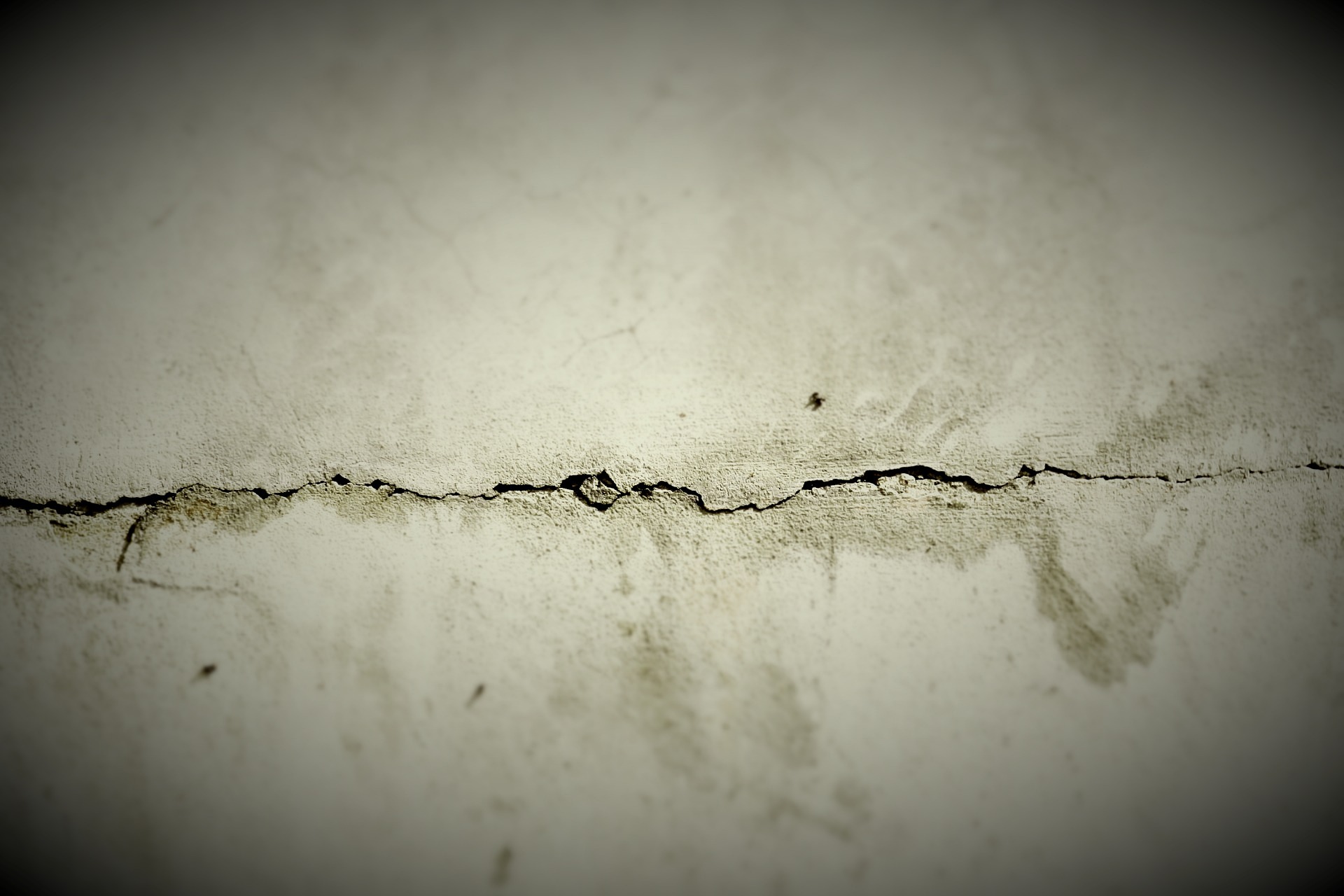Concrete Crack Repair: Essential Solutions for Building Maintenance
Concrete cracks are a common issue in buildings and houses, often causing concern for property owners. These fissures can range from minor cosmetic imperfections to serious structural problems. Understanding the causes, types, and repair methods for concrete cracks is crucial for maintaining the integrity and longevity of any structure. This article will explore the essential aspects of concrete crack repair, providing valuable insights for homeowners and building managers alike.

-
Overloading: Excessive weight or pressure on concrete surfaces can cause them to crack or crumble.
-
Temperature fluctuations: Extreme changes in temperature can cause concrete to expand and contract, leading to cracks.
-
Corrosion of reinforcing steel: In reinforced concrete, the corrosion of steel bars can cause expansion and subsequent cracking.
Understanding these causes is the first step in effectively addressing concrete cracks and preventing future damage.
How can you identify different types of concrete cracks?
Identifying the type of crack in your concrete is crucial for determining the appropriate repair method. Here are some common types of concrete cracks:
-
Hairline cracks: These are very fine, shallow cracks that typically don’t pose a structural threat.
-
Shrinkage cracks: Often appearing in a random pattern, these cracks form as concrete cures and dries.
-
Settlement cracks: These are usually wider at the top and narrow towards the bottom, indicating foundation settlement issues.
-
Structural cracks: Typically wider than 1/4 inch, these cracks can signify serious structural problems and require immediate attention.
-
Crazing cracks: These are a network of fine cracks on the surface, often caused by rapid drying or improper finishing techniques.
By accurately identifying the type of crack, you can better assess the severity of the problem and choose the most suitable repair method.
What are the most effective methods for repairing concrete cracks?
Several methods are available for repairing concrete cracks, depending on the size, type, and location of the damage. Here are some effective repair techniques:
-
Epoxy injection: This method involves injecting a low-viscosity epoxy into the crack, which bonds the concrete together and prevents water infiltration.
-
Routing and sealing: For wider cracks, this technique involves enlarging the crack with a concrete saw and filling it with a flexible sealant.
-
Stitching: This method uses metal staples or stitches to hold the concrete together across a crack, providing additional strength.
-
Gravity filling: For horizontal cracks, a low-viscosity polymer can be poured into the crack, filling it completely.
-
Hydraulic cement: This fast-setting material is ideal for repairing active leaks in concrete structures.
-
Carbon fiber reinforcement: For severe structural cracks, carbon fiber strips or fabrics can be applied to strengthen the concrete.
The choice of repair method depends on various factors, including the crack’s characteristics, the structure’s purpose, and environmental conditions.
When should you seek professional help for concrete crack repair?
While minor concrete cracks can often be addressed by DIY enthusiasts, there are situations where professional assistance is necessary:
-
Structural cracks: Any crack wider than 1/4 inch or that appears to be growing should be evaluated by a structural engineer.
-
Foundation issues: Cracks indicating foundation problems require expert assessment and repair.
-
Complex repairs: Methods like epoxy injection or carbon fiber reinforcement are best left to professionals with specialized equipment and expertise.
-
Large-scale damage: Extensive cracking or damage across a significant portion of a structure warrants professional intervention.
-
Water infiltration: If cracks are allowing water to enter the building, professional waterproofing solutions may be required.
-
Safety concerns: When cracks pose a safety risk or compromise the structural integrity of a building, immediate professional help is crucial.
Recognizing when to call in experts can prevent further damage and ensure the longevity of your concrete structures.
How can you prevent future concrete cracks in your building or house?
Preventing concrete cracks is often more cost-effective than repairing them. Here are some strategies to minimize the risk of future cracking:
-
Proper mix design: Ensure the concrete mix is appropriate for the specific application and environmental conditions.
-
Adequate curing: Allow concrete to cure properly by keeping it moist and protected from extreme temperatures.
-
Expansion joints: Install expansion joints to accommodate natural movement and prevent stress-related cracking.
-
Reinforcement: Use appropriate reinforcement techniques, such as rebar or wire mesh, to increase concrete strength.
-
Drainage control: Ensure proper drainage around concrete structures to prevent water-related damage.
-
Regular maintenance: Conduct periodic inspections and address minor issues promptly to prevent them from escalating.
-
Quality workmanship: Hire experienced professionals for concrete installation and repair to ensure high-quality results.
By implementing these preventive measures, you can significantly reduce the likelihood of concrete cracks and extend the life of your concrete structures.
Concrete crack repair is an essential aspect of building maintenance that requires careful attention and expertise. By understanding the causes, types, and repair methods for concrete cracks, property owners can make informed decisions about maintenance and repairs. Whether addressing minor surface cracks or dealing with more serious structural issues, timely and appropriate action is key to preserving the integrity and value of concrete structures. Remember that while some repairs can be DIY projects, complex or severe cases often require professional intervention to ensure the best possible outcome.






